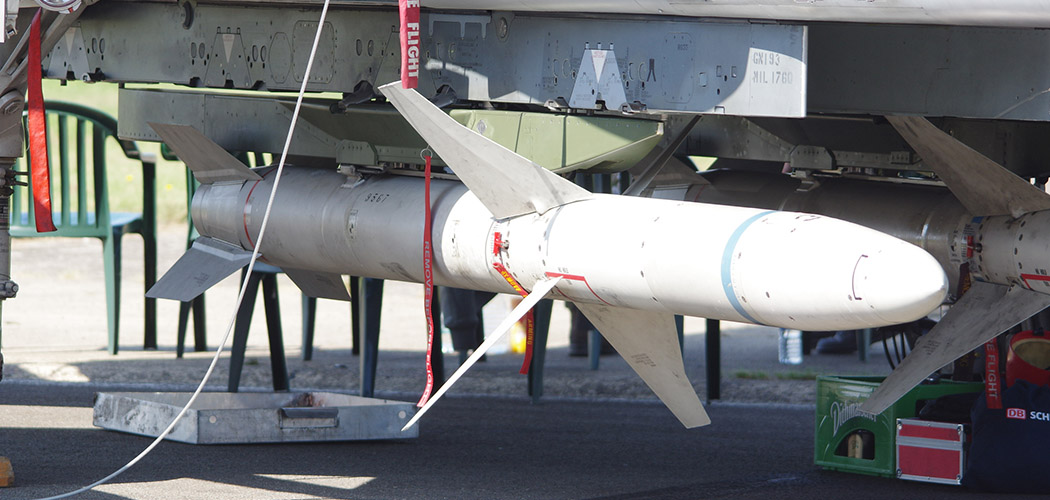By Bill Carson | August 1, 2023
Known to detect and disarm enemy communications, anti-radiation missiles have become a staple in the defense industry since their inception. Due to their ongoing popularity, we thought we should highlight their unique features, as well as how they can be an important strategic tool for defense operations.
If you want to learn more about anti-radar missiles and their capabilities, check out our informational guide today.

Anti-radiation missiles (ARM) are guided missiles designed to detect radio frequencies emitted from radar systems. As a crucial component of electronic warfare and defense strategies today, counter-radar missiles rely on electromagnetic radiation from enemy radar systems during combat. Once the missile can successfully target the emissions, it finds the source of the radiation, which is usually a radar site, and destroys it.
The main goal of anti-radar missiles is to neutralize enemy radar communication in the hopes of gaining air superiority throughout defense operations.
Anti-radar missiles were created as a response to the increased use of radar technology in the 20th century. Though radio communications were first introduced in the 1890s, it was not until 1935 when physicist Robert Watson-Watts and his assistant Arnold F. Wilkins demonstrated how radio waves could successfully detect enemy aircraft. They were able to do so through the reflection of radio beams off the metal of enemy planes.
Based on this finding, the first Chain Home Radar Station was built out of wooden receivers and steel transmitter towers. It was not until 1941, two years into World War II, that anti-radiation missiles were incorporated into defense strategies, and have been used ever since.
Along with its “radar-hunting” homing capabilities, some of the unique features of counter-radar missiles include the following:
Due to their multiple launching platforms and standoff range, anti-radiation missiles can be launched from various platforms, such as aircraft, ships, and on the ground. With that in mind, the four different techniques to launch counter-radar missiles include:
Though there are different tactics when launching counter-radar missiles, the process may vary depending on the type of missile you are working with. This is mainly to ensure the overall success of the mission, as well as the safety and security of the individuals working with these high-powered missiles.
Our team at Re:Build Cutting Dynamics wants to ensure that all your questions regarding Patriot missile systems, our product line, and beyond have been answered. With that in mind, feel free to contact us today with any questions you may have, as we look forward to assisting you.